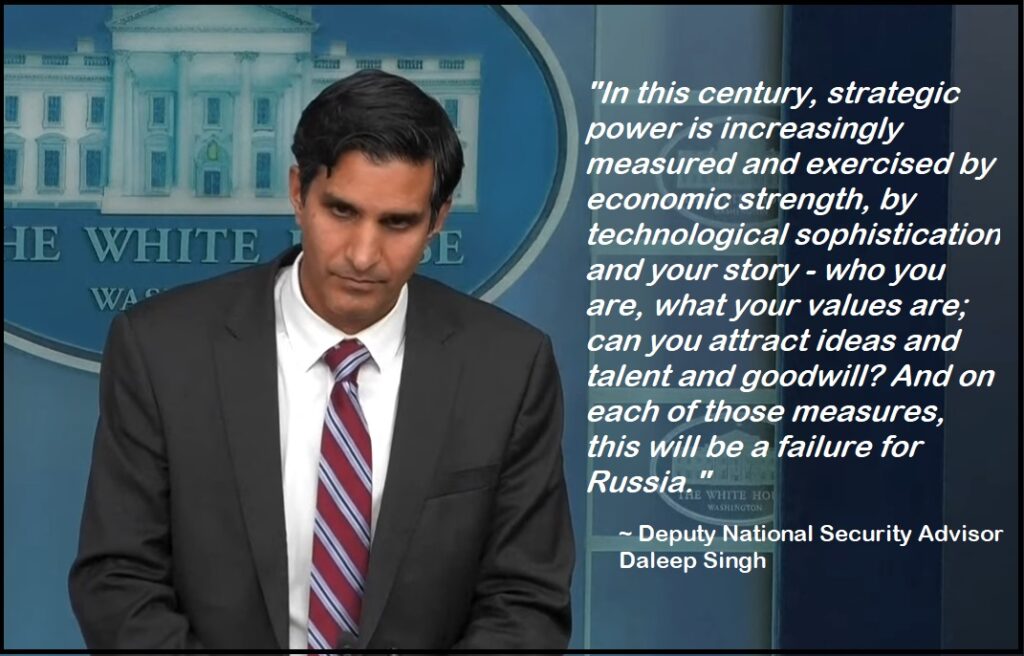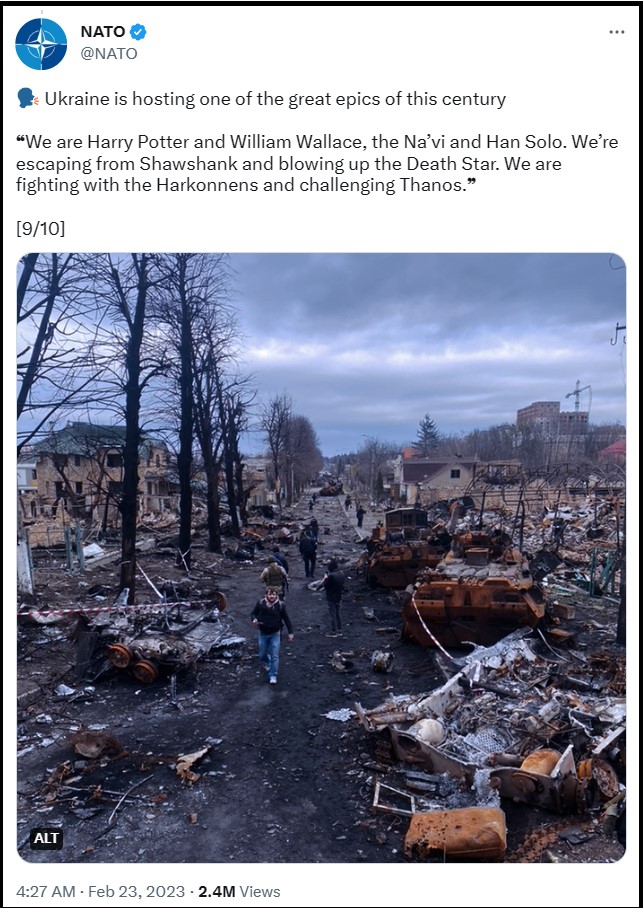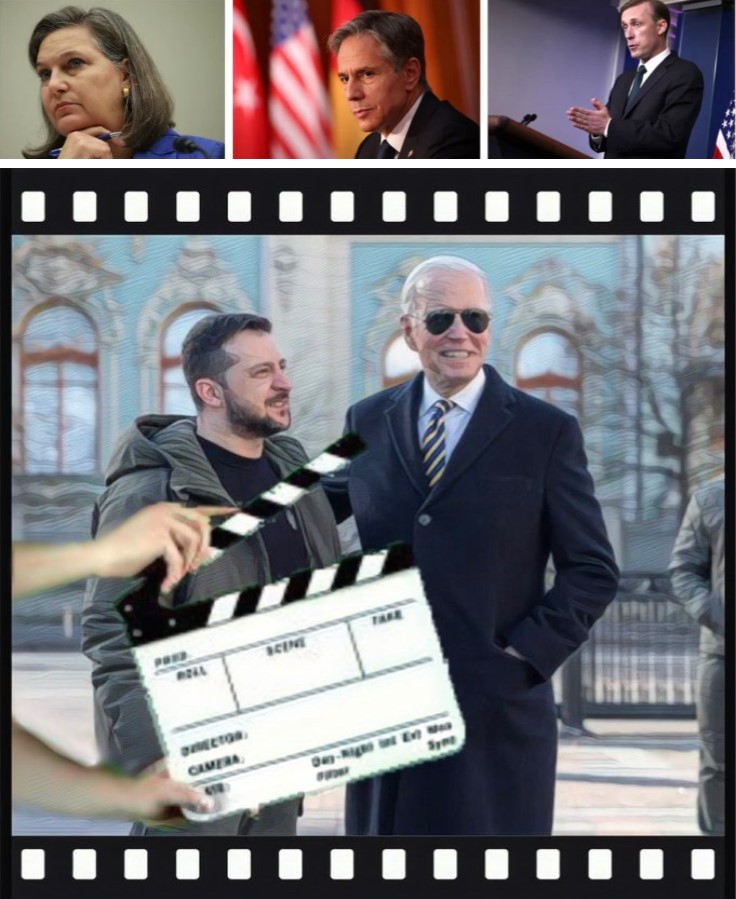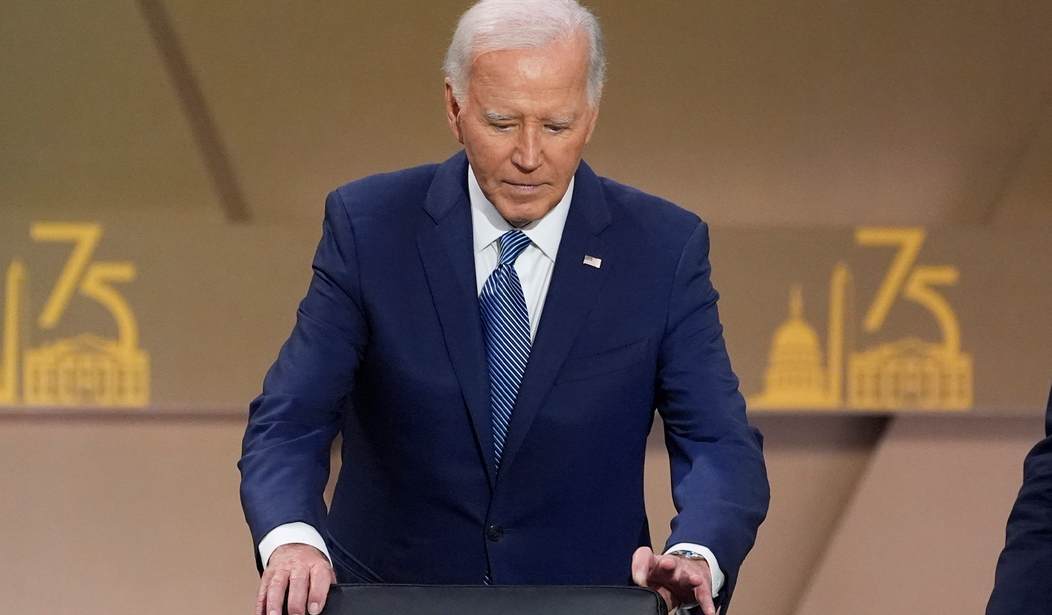Two issues dominated this week’s NATO summit in Washington, hosted by President Biden: the war in Ukraine and Donald Trump’s likely reelection. NATO members badly misplayed both issues.
The summit went off course at the start when President Biden insisted in his opening address that Ukraine can “prevail” in the war with Russia if it receives the arms it needs. Biden claimed Ukraine “can and will stop Putin.” The president announced that the U.S. would send Ukraine five new strategic air defense systems and F-16 fighters. Biden first made this promise in May 2023, but the jets never arrived.
In his speech, Biden was again in denial about the state of the war. Ukraine had a chance to push back Russian troops and recover its territory in the spring and summer of 2022. However, the United States and other NATO members limited their military aid to Ukraine in 2022 out of fear of escalating the conflict. As a result, Ukraine’s arsenal ran low by October 2022, which gave Russian forces a chance to regroup and heavily fortify their lines. Ukraine never regained a strategic advantage in the war, and the conflict became a stalemate by late 2022.
As a result, many experts on the right and left assessed, starting in 2023, that the conflict had become a long-term war of attrition that Ukraine would eventually lose at great cost. Council on Foreign Relations President Richard Haass and Georgetown University Professor Charles Kupchan argued in an April 2023 Foreign Affairs article that the West needed a new strategy to get from the battlefield to the negotiating table in the Ukraine War because “the most likely outcome of the conflict is not a complete Ukrainian victory but a bloody stalemate.” Their recommendation was for the Biden administration to prioritize ending the Ukraine war by pressing for a cease-fire and peace talks
Donald Trump has long realized this and has pledged to end the war in 24 hours if he’s elected president again. With the growing chance that Trump will win the 2024 election, Russian and Ukrainian leaders are taking Trump’s promise seriously.
Unfortunately, President Biden, Ukrainian President Zelinsky, and Ukraine’s supporters refuse to consider any peace settlement that does not require Russia to give back all Ukrainian territory it has seized. These leaders will not consider a cease-fire without this commitment. Instead, they continue to insist that with more and better weapons, Ukraine will defeat Russia and expel Russian forces from Ukrainian territory. This is a pipedream.
At this week’s NATO summit, Biden and NATO heads of state continued to follow this approach. Neither Biden’s opening speech nor the communiqué approved at the summit mentioned negotiating an end to the Ukraine war. The terms “cease-fire,” “negotiations,” and “peace talks” did not appear once in Biden’s speech or the communique.
Instead, NATO members pledged greater amounts of military aid for Ukraine and tried to “Trump-proof” this aid so it could not be easily cancelled by Donald Trump if he does become president next January. This included moving major elements of military aid to non-U.S. NATO officials and away from U.S. command. NATO members also agreed to a pledge of long-term security assistance for Ukraine.
In addition, NATO members pledged their support for an “irreversible path” for Ukraine’s NATO membership. This pledge will make it harder to negotiate a cease-fire or peace agreement with Russia and contradicts calls by several experts that the issue of Ukraine’s NATO membership be put off for 10 to 25 years to bring about a sustainable cease-fire agreement.
In response to Mr. Trump’s criticism of NATO and members who do not meet their commitments on defense spending, there reportedly was talk at the summit of members increasing their defense spending and NATO adopting new defense strategies that do not rely on the United States. If true, these are positive steps by NATO members to shore up the alliance because of a possible second Trump presidency.
Overall, however, there was an air of defiance at the 2024 NATO summit to the prospect of Donald Trump returning to the presidency. NATO leaders spent an inordinate amount of time coming up with ways to “Trump-proof” the alliance and its support for Ukraine but did nothing to promote a cease-fire or peace talks for the Ukraine war. This reflected how NATO heads of state are still—at least for now—liberal globalists who categorically reject Trump’s America First approach to U.S. and global security, even though European and global security were considerably more secure and stable during the Trump presidency because of this approach.
The talk of “Trump-proofing” NATO at the Washington summit also represents NATO members trying to politicize the alliance to tie the hands of a potential U.S. president they dislike. This was very foolish, given President Trump’s criticism of the alliance and members who refuse to pay their fair share of defending Europe. It also means Donald Trump will have a lot of work to do to reestablish American leadership and responsible security alliances if he wins the 2024 election.













